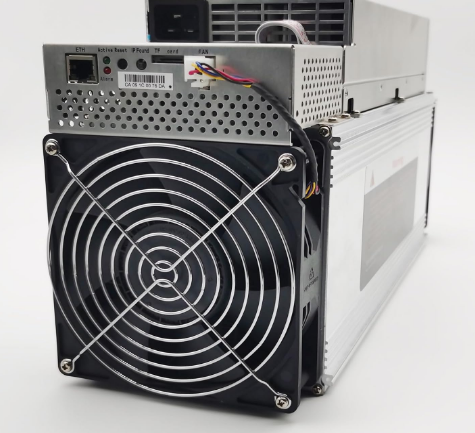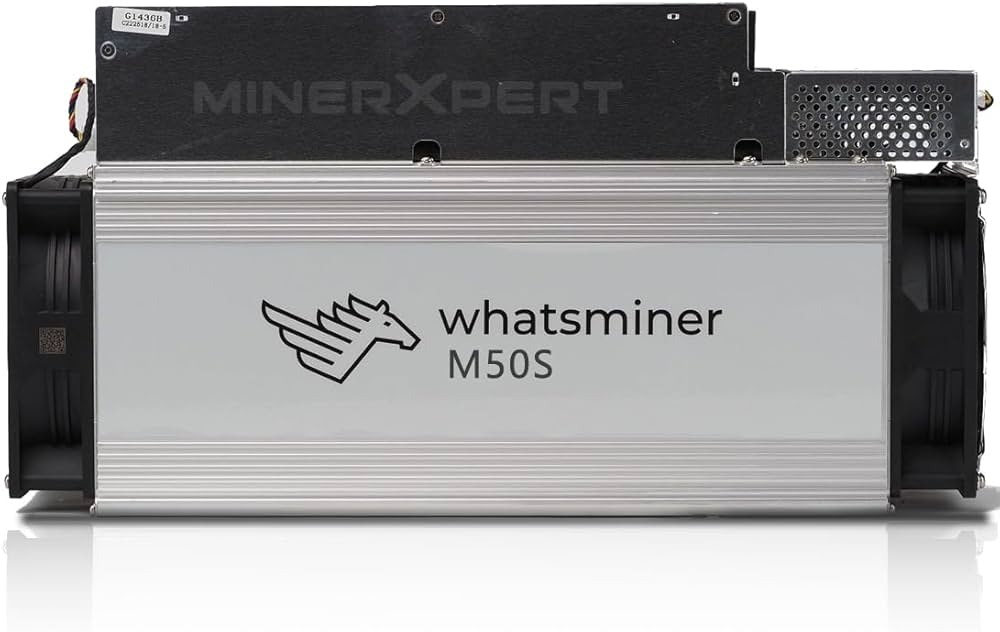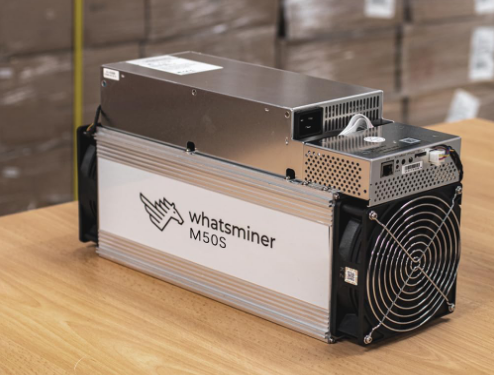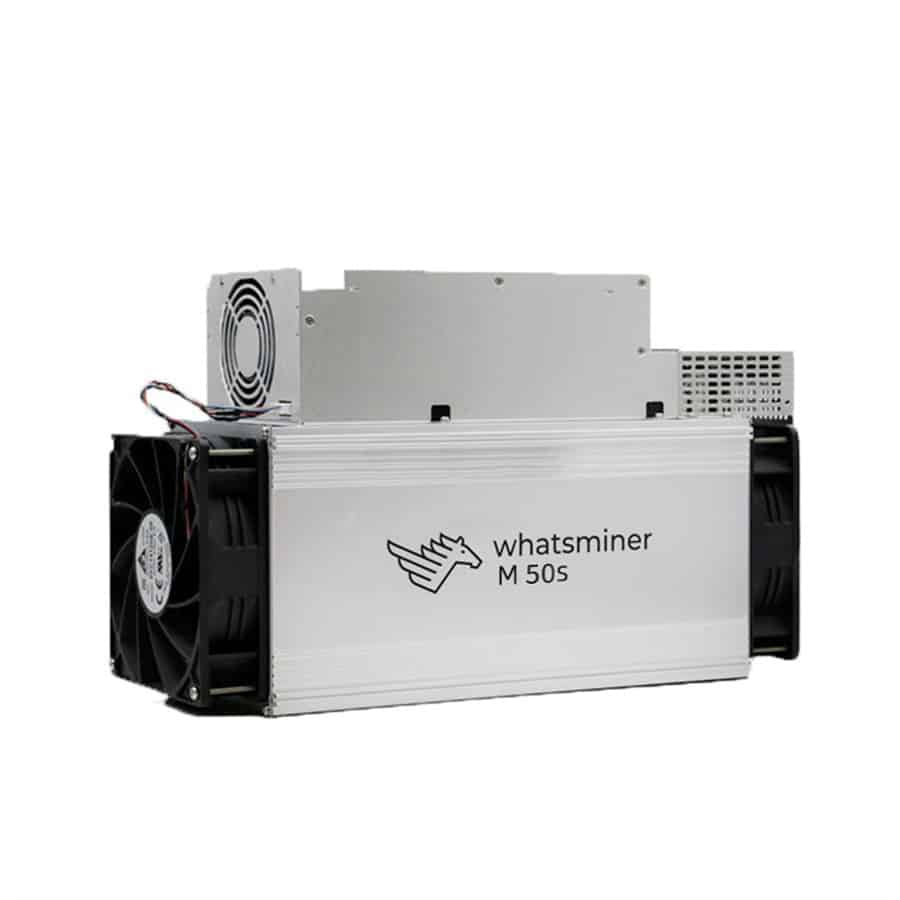WhatsMiner M50S in-depth troubleshooting guide for hardware failures
WhatsMiner M50S In-Depth Troubleshooting Guide for Hardware Failures
Cryptocurrency mining is a high-stakes game where hardware reliability and performance are critical to profitability. The WhatsMiner M50S has emerged as a top-tier ASIC miner, offering unmatched efficiency and hashrate capabilities. However, like any sophisticated piece of equipment, it’s not immune to hardware failures. This guide provides an in-depth look at troubleshooting common issues with the WhatsMiner M50S, ensuring your mining operations remain uninterrupted and profitable.
Understanding the WhatsMiner M50S: A Brief Introduction
The WhatsMiner M50S is a powerhouse in the SHA-256 mining ecosystem, leveraging cutting-edge 5nm chip technology to deliver a remarkable hashrate of 126TH/s (±5%). Designed by MicroBT, it’s optimized for mining Bitcoin (BTC), Bitcoin Cash (BCH), and SPACE-based cryptocurrencies. With a power consumption of 3276W and operating within a voltage range of 200-277V, it strikes a balance between performance and energy efficiency.
Its modular design, robust cooling system, and compatibility with diverse environmental conditions (5-45°C temperature, 5-95% humidity) make it a reliable choice for both small-scale and industrial mining setups. However, even the most advanced hardware can encounter issues, and knowing how to troubleshoot them is essential for minimizing downtime.
Common Hardware Failures and Troubleshooting Steps
1. Hashrate Drops or Inconsistent Performance
Symptoms:

- Significant reduction in hashrate
- Fluctuating performance metrics
- Miner unable to maintain stable connections to the pool
Possible Causes:
- Overheating due to inadequate cooling
- Power supply issues or voltage fluctuations
- Firmware glitches or outdated software
Troubleshooting Steps:
- Check Cooling System: Ensure fans are functioning properly and airflow isn’t obstructed. Clean dust buildup on heat sinks and fans.
- Inspect Power Supply: Verify that the power supply unit (PSU) is delivering stable voltage. Use a multimeter to check for irregularities.
- Update Firmware: Visit MicroBT’s official website to download and install the latest firmware version.
- Monitor Temperatures: Use the miner’s dashboard to check chip temperatures. If overheating persists, consider relocating the unit to a cooler environment.
2. Hardware Errors or Hashboard Failures
Symptoms:

- Hashboards not detected by the system
- Error messages indicating hardware malfunctions
- Reduced hashrate due to inactive hashboards
Possible Causes:
- Loose or damaged cables connecting hashboards
- Faulty hashboard components due to prolonged use
- Power surges damaging internal circuits
Troubleshooting Steps:
- Inspect Cables: Carefully check all connections between hashboards and the control board. Re-seat any loose cables.
- Test Individual Hashboards: If possible, isolate and test each hashboard to identify the faulty one.
- Replace Defective Components: Contact MicroBT or an authorized dealer for replacement hashboards or components.
- Install Surge Protectors: To prevent future damage, use surge protectors or uninterruptible power supplies (UPS).
3. Fan Failures or Excessive Noise
Symptoms:
- Fans not spinning or operating at reduced speeds
- Loud or unusual noises from the cooling system
Possible Causes:

- Dust accumulation clogging fan blades
- Worn-out bearings or motor failures
- Power supply issues affecting fan operation
Troubleshooting Steps:
- Clean Fans: Turn off the miner and use compressed air to remove dust from fans and vents.
- Check Fan Connections: Ensure fans are properly connected to the power supply.
- Replace Faulty Fans: If cleaning doesn’t resolve the issue, replace the fans with compatible replacements from MicroBT.
- Monitor Fan Speeds: Use the miner’s dashboard to verify that fans are operating at optimal speeds.
4. Network Connectivity Issues
Symptoms:

- Miner unable to connect to the mining pool
- Frequent disconnections or timeouts
Possible Causes:
- Faulty Ethernet cable or port
- Network configuration errors
- ISP or pool server issues
Troubleshooting Steps:
- Check Ethernet Cable: Replace the Ethernet cable with a known working one.
- Test Network Port: Connect another device to the same port to verify its functionality.
- Verify Pool Settings: Double-check the mining pool address and worker credentials in the miner’s configuration.
- Restart Network Equipment: Power cycle your router or switch to resolve temporary connectivity issues.
5. Power Supply Unit (PSU) Failures
Symptoms:
- Miner not powering on
- Intermittent shutdowns or reboots
Possible Causes:
- PSU unable to handle the miner’s power requirements
- Damaged power cables or connectors
- Internal PSU component failure
Troubleshooting Steps:
- Check Power Cables: Inspect all cables for damage and ensure they’re securely connected.
- Test PSU Output: Use a multimeter to measure the PSU’s output voltage. Compare it to the miner’s specifications.
- Replace Faulty PSU: If the PSU is defective, replace it with a compatible unit.
- Upgrade PSU Capacity: Ensure the PSU can handle the miner’s power demands with some overhead for stability.
Preventive Maintenance Tips
To minimize hardware failures and extend the lifespan of your WhatsMiner M50S, follow these preventive maintenance practices:
- Regular Cleaning: Dust buildup can impede cooling and cause overheating. Clean the miner every 2-3 months.
- Monitor Environmental Conditions: Maintain a stable temperature and humidity level in your mining facility.
- Firmware Updates: Stay up-to-date with the latest firmware releases to benefit from performance improvements and bug fixes.
- Inspect Components Periodically: Check cables, fans, and hashboards for signs of wear or damage.
- Backup Power Solutions: Use surge protectors and UPS systems to safeguard against power fluctuations.
Leveraging MicroBT’s Support Infrastructure
The WhatsMiner M50S comes with a 180-day warranty and access to MicroBT’s global support network. If troubleshooting steps don’t resolve the issue, contact their customer service or authorized dealers for assistance. Their expertise ensures timely solutions, minimizing operational downtime.
Conclusion
The WhatsMiner M50S is a testament to MicroBT’s commitment to innovation and reliability in the cryptocurrency mining industry. While hardware failures are inevitable, understanding how to troubleshoot and maintain your miner can significantly enhance its performance and longevity. By following this guide, you’ll be well-equipped to address common issues, ensuring your mining operations remain efficient and profitable.
Investing in the M50S isn’t just about acquiring a powerful miner—it’s about embracing a solution backed by cutting-edge technology and robust support. With proper care and maintenance, the WhatsMiner M50S will continue to be a cornerstone of your mining success.